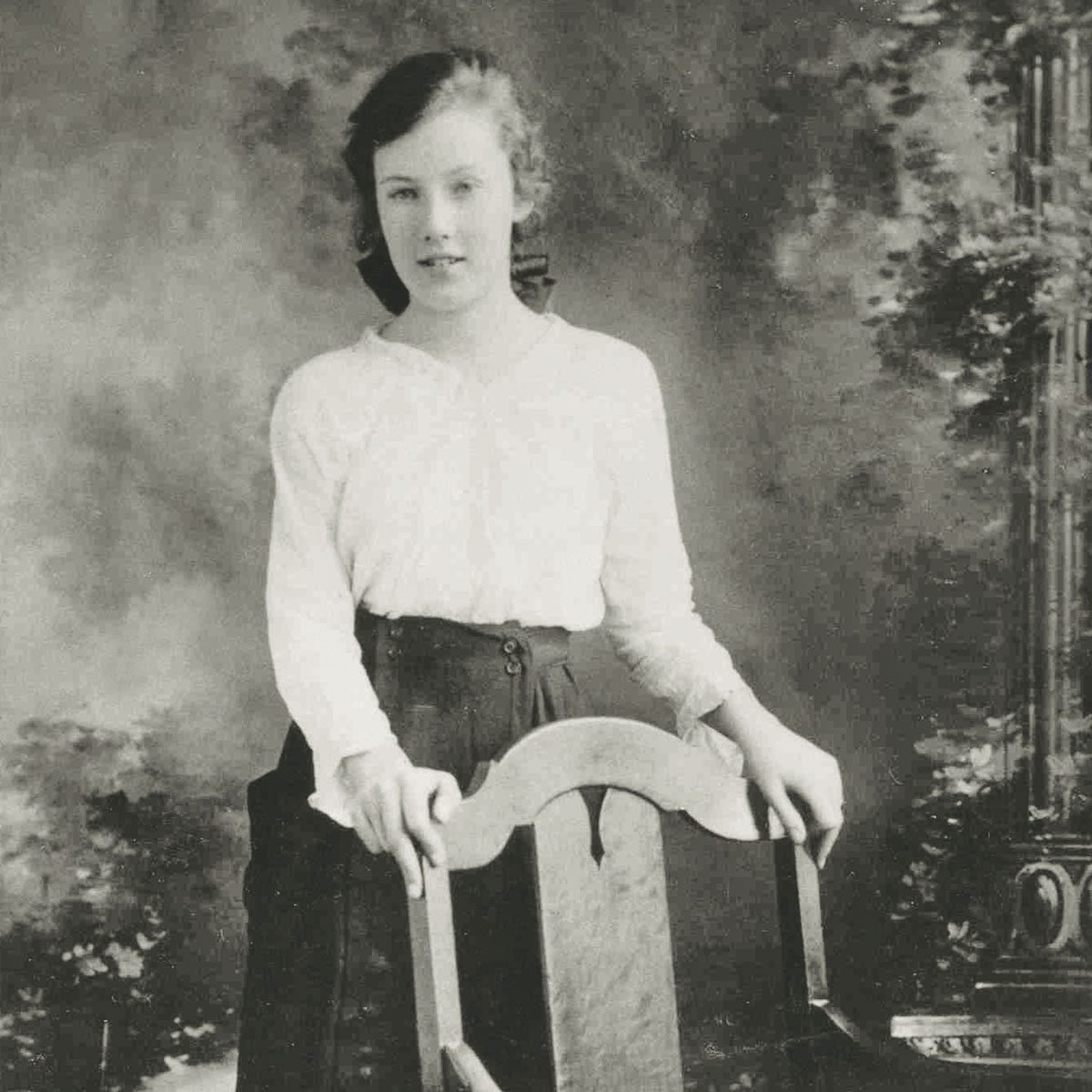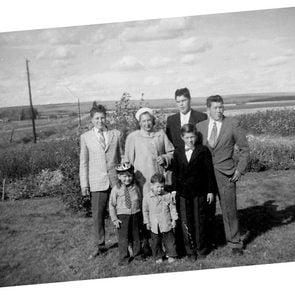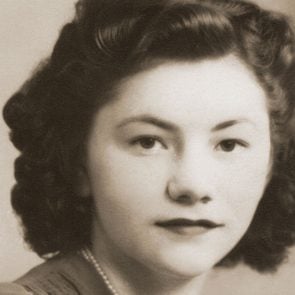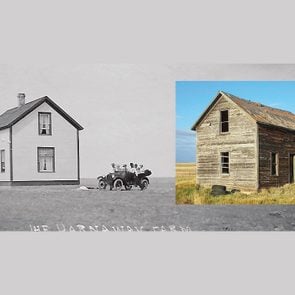What Laundry Day Was Like in the 1930s
Sharing fond memories of what doing the laundry entailed back in the “Dirty Thirties.”

Memories of My Mother
My mother, Dorothy May Duncan (above), was born in Sussex, England on May 7, 1903 and immigrated with her family to Winnipeg in 1906. She worked as a clerk at Eaton’s for several years before eloping on Friday, March 13, 1925 with James Thom, a fellow employee. She passed away on April 29, 1964 from a blood clot that formed a few days after major surgery, one week before her 61st birthday.
I wrote the following as a tribute to her.
How Laundry Day Has Changed Since the 1930s
It was a Tuesday just a while back, and I had just put a capful of laundry detergent in the automatic washer when I recalled my mother doing laundry back in the early ’30s. The first thing that struck me was that Monday was our traditional laundry day, while Tuesday was ironing day. I remembered my mother with her two galvanized wash tubs and a scrub board. As I pressed the button to start the process, I recalled that we did not have running water in our house back then. There was no start button. The first task was to haul several pails of water from the community pump a few houses down the street, and then heat the water on the wood-burning stove in the kitchen. When it was hot, my mother then had to dump the water into one of the galvanized tubs. She’d put cold water into the second tub for rinsing.
As many clothes as could fit were soaked in the tub at the same time. As she was doing laundry for two adults and four young children, this process had to be repeated several times. After soaking the clothes for a while, she’d then lean the scrub board on the inside of the hot tub. She took each item and moved it up and down on the rough surface to loosen any dirt. After the scrub board treatment, she’d twist the item to remove as much water as possible. As water was precious, the squeezing was done over the hot tub.
When the excess water was squeezed out, the item was rinsed in the tub of cold water. Next she had to again squeeze out the excess water before hanging the still-wet laundry on the outdoor line, using specially designed clothes pegs. The line was a cord or rope strung between the house and a post inserted in the ground about 20 feet away. The only heating element was the sun, which of course was much less efficient in the winter.
As most of the clothing was made of either cotton or denim, the items would be extremely wrinkled after the wash. On Tuesdays, the laundry had to be ironed. During the first years, my mother had to heat the sad-irons on the kitchen stove. There were two heavy cast iron bases with wooden handles. While the one base was being used, the other was reheating on the stove. A few years later, she used one of the first electric irons. These days, thanks to the new improved materials our clothes are made with, I have not had my iron out of the cupboard for more than two years.
Eventually, my parents purchased a Beatty Electric Copper Tub washing machine. As there still was no running water in the house, the routine of fetching and heating the water remained the same. The big improvements were that the machine had an agitator so the scrub board was eliminated and the electric wringer meant no more squeezing the water out by hand. We moved to a new house in 1935, and my father purchased two 100-gallon tanks to conserve the rainwater draining from the eavestroughs. It was then seldom necessary to haul water from the community pump.
My mother used her Beatty Electric Washing Machine for more than 30 years before it was replaced with an automatic washer. Fortunately, we had running water in our home for the last 10 to 15 years of the old Beatty’s life.
On this Tuesday, I only had to transfer the spun dry clothes to the automatic dryer, set the dial and push the start button—this done, I was able to concentrate on reading the morning newspaper.
Next, take a look back at the role of one family’s kitchen stove during the Great Depression.






